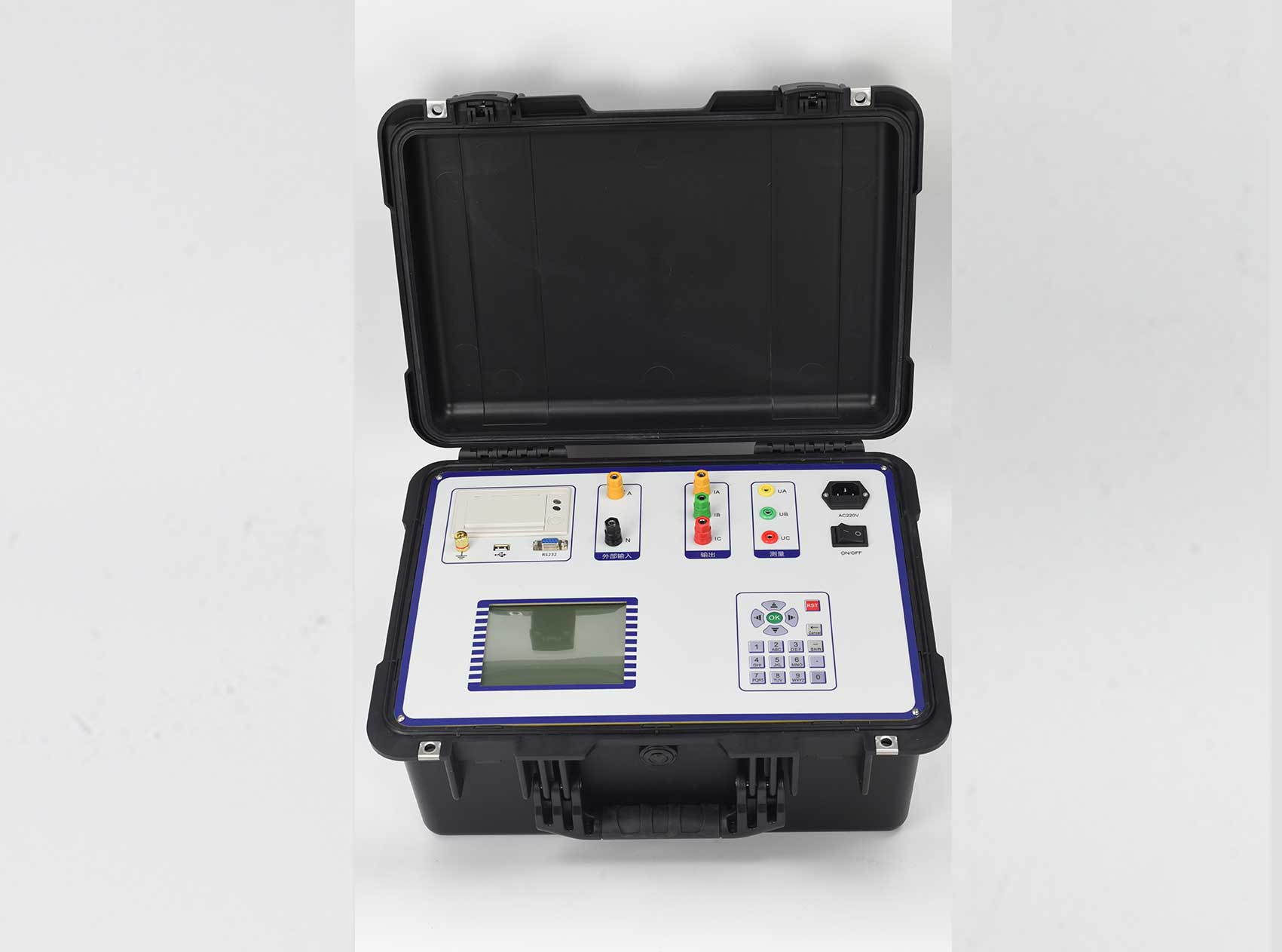Short circuit impedance, also known as voltage impedance, is an important reference to measure the parallel operation and economic efficiency of transformers.
The transformer short-circuit impedance and load impedance shall be measured with no-load and on load testers. When testing the short-circuit impedance, the secondary side of the transformer is short circuited, the voltage is applied on the primary side, and converted into percentage rated voltage, that is, the short-circuit impedance. The load impedance test method is the opposite of the short-circuit impedance test method. It is necessary to apply voltage on the secondary side, and the primary side is short circuited.
The step-up mode is gradual. The voltage increases gradually from the low voltage side until the current at the high voltage side reaches the rated value.
Influence of Impedance Voltage on Transformer
The greater the impedance voltage of the transformer, the smaller the short-circuit current flowing through the transformer, and the less the impact on the transformer. Therefore, the minimum short-circuit impedance is required when manufacturing transformers. But the increase of impedance voltage transformer has higher requirements for manufacturing process;
When the transformer is fully loaded, the short-circuit impedance has a certain influence on the output voltage of the secondary side. Small short-circuit impedance and voltage drop. High short-circuit impedance and voltage drop. When the load of the transformer is short circuited, the short circuit impedance is small, the short circuit current is large, and the power of the transformer is large. If the short-circuit impedance is large, the short-circuit current is small and the electrical power of the transformer is small.

Required value of transformer impedance voltage
The difference between the transformer short-circuit impedance and load impedance test results and the factory value is within ± 5%, and the difference with the average value of three-phase or three-phase group is within ± 5% ± 2%.




